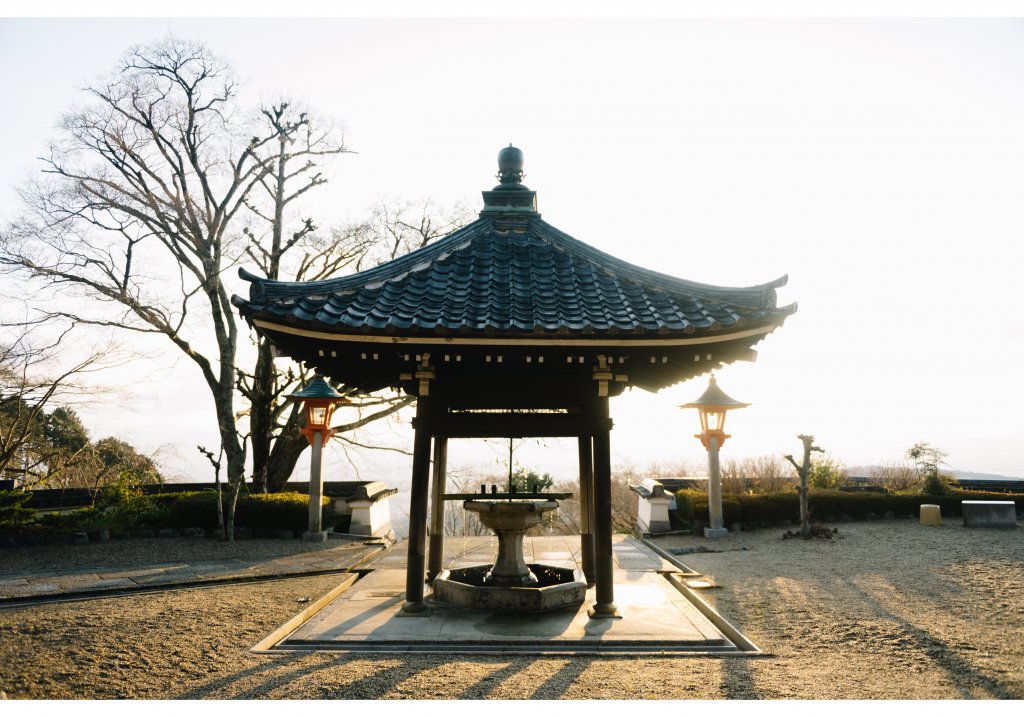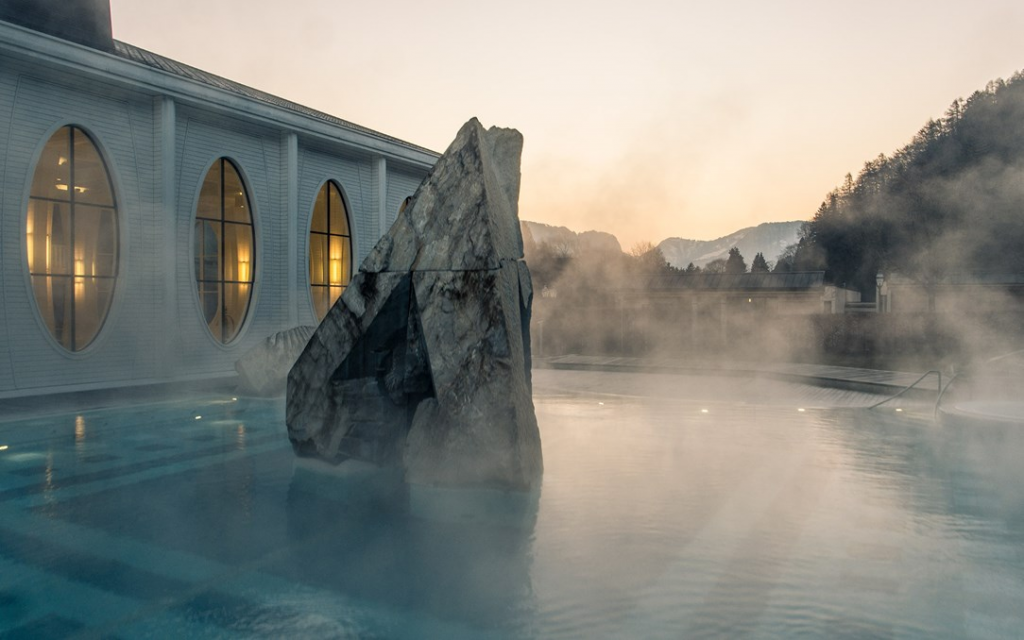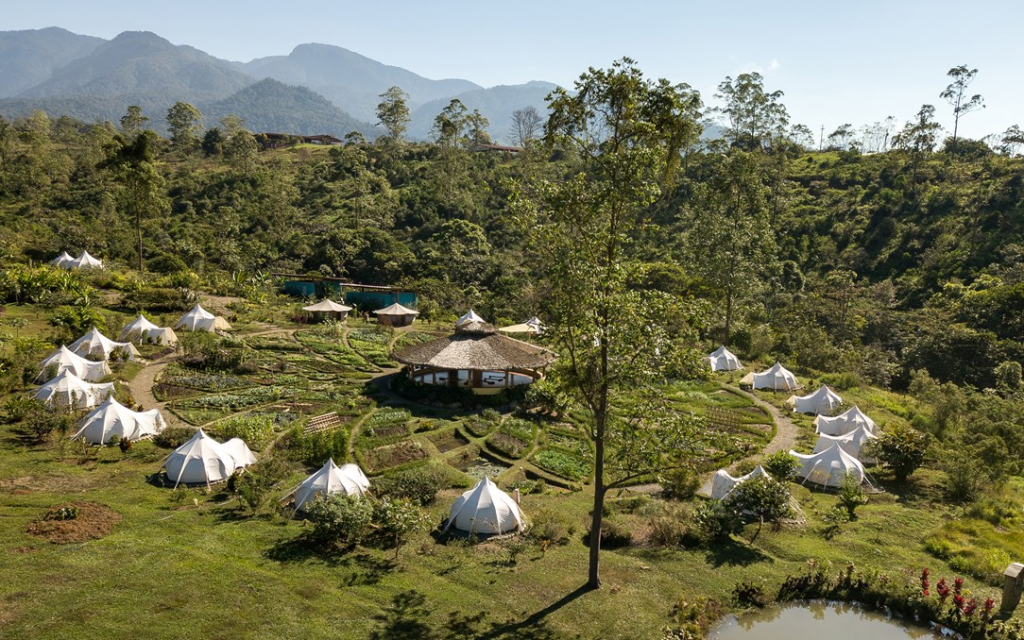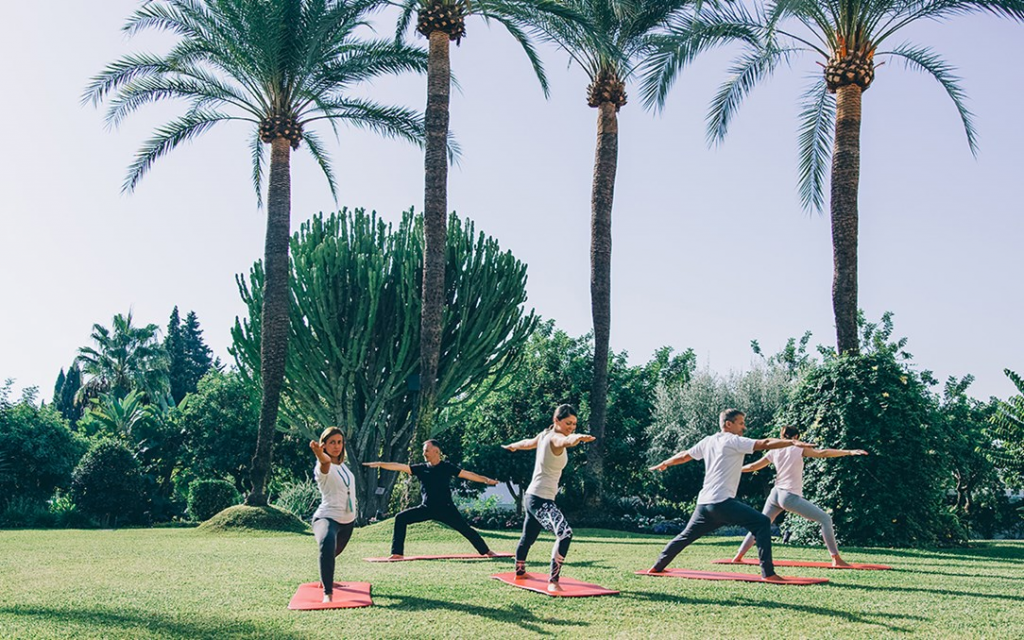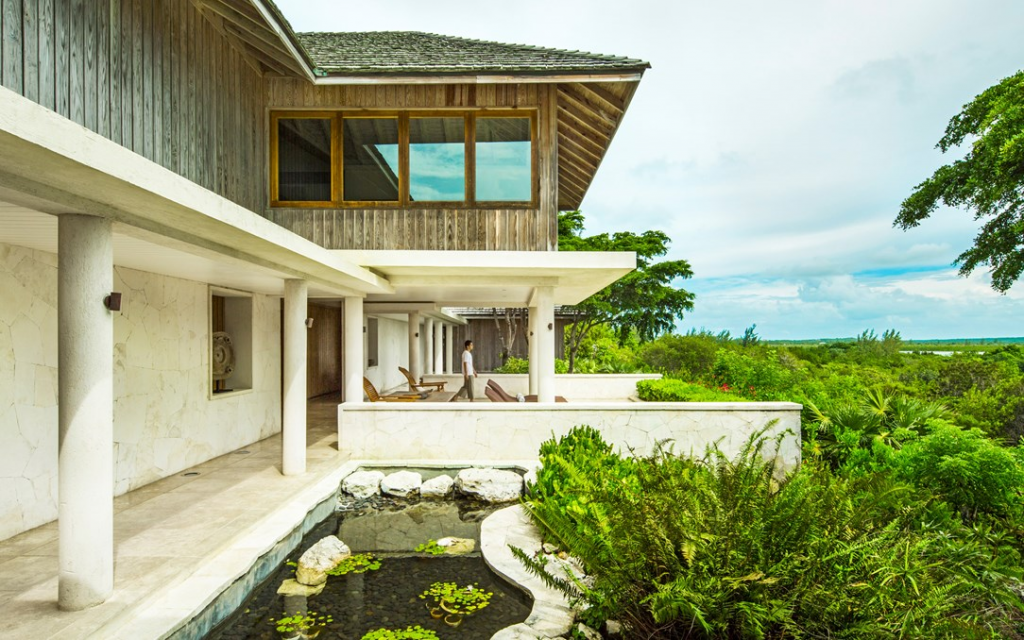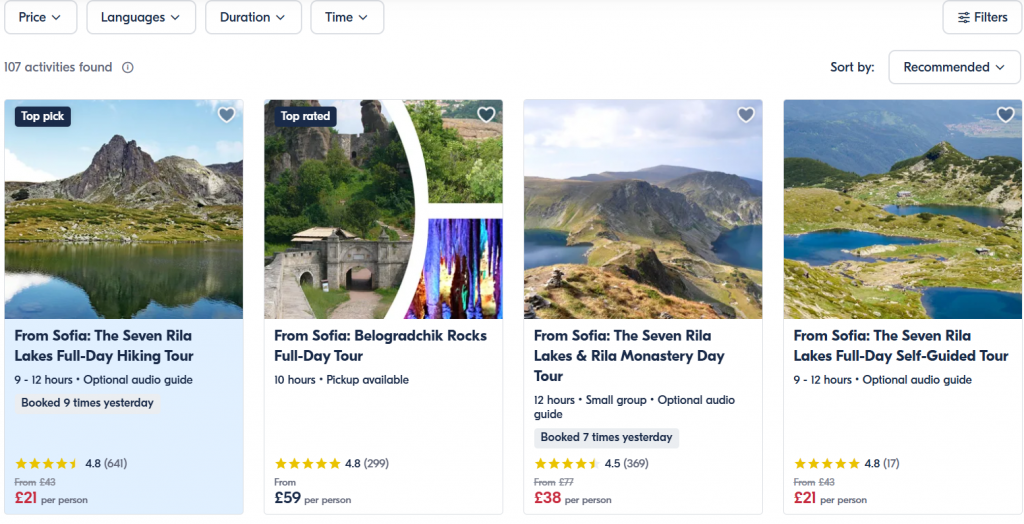
|
As with most of the smaller islands around Bali and Lombok, Nusa Lembongan is a veritable paradise. It lies around 15 miles southeast of Denpasar, alongside Nusa Ceningan and Nusa Penida. But despite the proximity, getting there isn’t straightforward, since the island has neither an airport nor a pier. So, whichever boat transfer you pick from Sanur, just know that you’ll be getting your feet wet before you even reach the hotel (heavy, wheelie suitcases not advisable). Of the three Nusa Islands, Lembongan is the most developed, offering the most accommodation and dining options. Unsurprisingly, that also means it’s the most popular of the three as a base for visitors to the islands. So if it’s a hidden gem you’re looking for, this might not be the one – you should expect more than one or two “Instagram tourists”. There are good reasons why people want to come here, though. The picturesque beaches exist IRL as well, with never-ending sandy bays ideal for swimming, snorkelling and surfing alike. Lembongan is regarded as having the Nusa Islands’ best surf spots, which also come with names that mean business, like Razors and Lacerations. If you’re brave enough, even beginners can head out on Razors, though we’d probably start with the less aggressive-sounding Playgrounds. You can also lean into Bali’s hippy yoga lifestyle on Nusa Lembongan, with several schools on the island offering multi-day retreats. Aside from coming away feeling more chilled and flexible than if you were just sipping mojitos at a beach club, booking a retreat package tends to mean that your accommodation, breakfast and transfers from Bali are completely sorted. Most generally give you the option to include surf classes and/or snorkelling, too. We found bookyogaretreats.com to be a handy comparison site for seeing what’s available and when. One of the most authentic Balinese experiences you can have on Lembongan is visiting the seaweed farms. Seaweed farming is the area’s main source of income after tourism, and it made a real comeback during the COVID-19 pandemic. At low tide, you can see hundreds of locals working on their plots in the channel between Jungut Batu Bay and Nusa Ceningan. It’s an impressive sight, especially when low tide happens to fall at sunrise or sunset, but please remember to ask permission from the farmers before taking any pictures! Crossing the channel to Ceningan is easy, too, since it’s connected to Nusa Lembongan by its iconic Yellow Bridge. The island is small and walkable, although you may want to rent a motorbike to avoid spending hours walking in the sun. Here are a couple of other nearby suggestions (relatively speaking) for an even better chance at seaside serenity: Lombok: Just next door, but so much less popular with the Instagram crowd (except maybe Pink Beach!). The landscape is varied, with hikeable volcanoes, a deluge of waterfalls, and a huge choice of quiet beaches, where you can build sand castles without worrying some big brute will come and kick them over. Unless you’re on Selong Belanak beach at sunset when the water buffalo come out. Flores & Komodo Island: Flores is much less developed for tourism than Bali or Lombok, but as the gateway to world-famous dive sites and real life dragons in Komodo National Park, we can’t imagine that’ll last too long. This trip can involve as much activity as you like, with canyon jumping, cave swimming and treks through the highlands to visit the traditional village of Wae Rebo all on the cards. But don’t miss out on their Pink Beaches, either – they’re arguably much pinker than Lombok’s! Weh Island: Much more off the beaten path, everything moves more slowly on Weh Island. The waters here are warm, clear and full of marine life, making it the ideal place for some leisurely snorkelling or affordable diving. Iboih and Gapang Beaches are best for proximity to the dive centres (and seaside bungalows), but if you just want to float around in peace, head to Sumur Tiga Beach. As a Muslim island under Sharia law, you won’t find much partying going on here – but tourists aren’t held to the same rules as locals, so long as you’re respectful of local tradition and etiquette. In short, you’ll find the odd beer on sale here or there, and bikinis tend to be okay on the beach. |
 Natural coastal beauty is on the cards here as well, with the Blue Lagoon topping every list of things to see. Since you can’t actually get in and swim here, you know it must be impressive when the colour of the water alone is enough to draw crowds. Thankfully, you don’t have to go far for a swim, since there’s a really popular cliff diving spot just around the corner. On the road back towards the Yellow Bridge, look out for little signs pointing you down to Secret Beach. It may not really be a secret, but it is secluded and has some of the clearest waters around. There’s a good chance you’ll have all 50 metres of coastline to yourself, as well as the perfect conditions for checking out its reef. While the Nusas definitely aren’t as hopping as Bali proper, this is probably about as much real peace and quiet as you can hope for in an area that’s only growing in popularity.
Natural coastal beauty is on the cards here as well, with the Blue Lagoon topping every list of things to see. Since you can’t actually get in and swim here, you know it must be impressive when the colour of the water alone is enough to draw crowds. Thankfully, you don’t have to go far for a swim, since there’s a really popular cliff diving spot just around the corner. On the road back towards the Yellow Bridge, look out for little signs pointing you down to Secret Beach. It may not really be a secret, but it is secluded and has some of the clearest waters around. There’s a good chance you’ll have all 50 metres of coastline to yourself, as well as the perfect conditions for checking out its reef. While the Nusas definitely aren’t as hopping as Bali proper, this is probably about as much real peace and quiet as you can hope for in an area that’s only growing in popularity.


